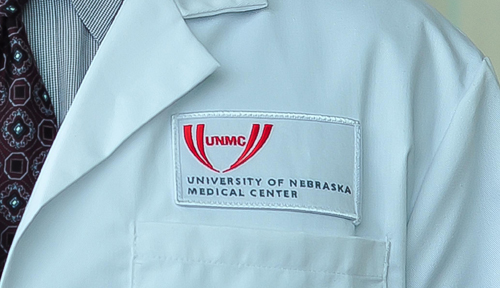 |
Mark Rupp, M.D. |
“White coats, neckties, and wrist watches can become contaminated and may potentially serve as vehicles to carry germs from one patient to another,” said Mark Rupp, M.D., chief of the division of infectious diseases at UNMC and one of the authors of recommendations issued Monday by the Society for Healthcare Epidemiology of America (SHEA), one of the world’s top infection control organizations.
See study recommendations in sidebar at right.
“It is unknown whether white coats and neck ties play any real role in transmission of infection,” Dr. Rupp said. “Until better data are available, hospitals and doctors’ offices should first concentrate on well-known ways to prevent transmission of infection — like hand hygiene, environmental cleaning, and careful attention to insertion and care of invasive devices like vascular catheters.”
The recommendations appear in the February online issue of the journal Infection Control and Hospital Epidemiology. It includes a review of patient and health care professionals’ perceptions of the health professionals’ attire and transmission risk, suggesting professionalism may not be contingent on wearing the traditional white coat.
Dr. Rupp said supplementary infection prevention measures could include efforts to limit the use of white coats and neckties or at least making sure they are frequently laundered.
“As these measures are unproven, they should be regarded as voluntary and if carried out, should be accompanied by careful educational programs,” he said. “There is a need for education because the public, as well as health professionals, regard the white coat as a symbol of professionalism and competence. In the future, patients may see their health professionals wearing scrubs — without white coats, ties, rings, or watches.”
The U.S. Center for Disease Control and Prevention estimates that there are 1.7 million hospital-acquired infections and 99,000 associated deaths in the U.S. each year.
